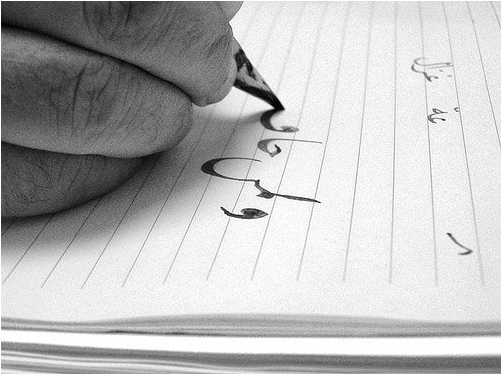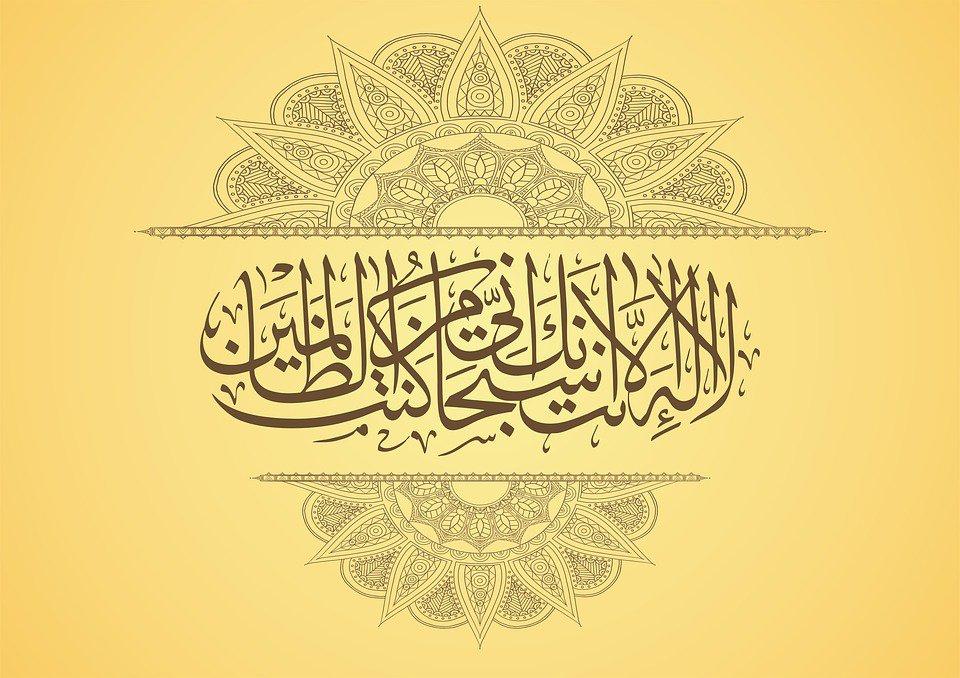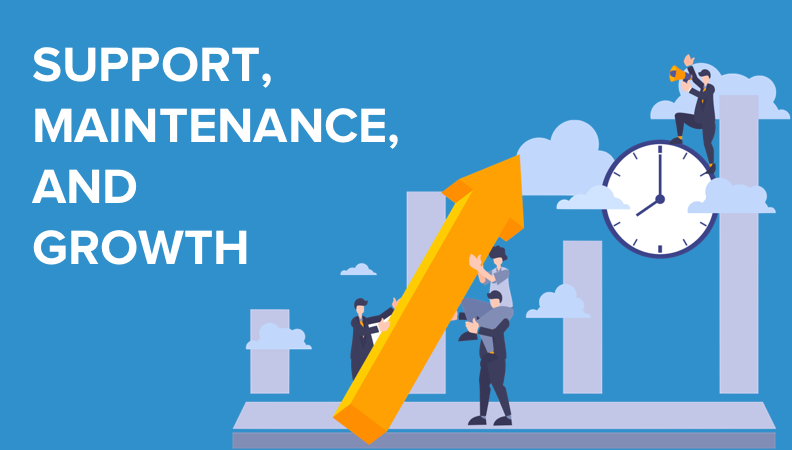- Solutions
- For Industry
- By Need
- Products
- VarbaseEnterprise CMS Distribution for Drupal
- Uber PublisherEnterprise Digital Media Platform Builder
- VardocDrupal Knowledge Base Platform
- Campaign StudioOpen Marketing Platform - by Acquia
- Open SocialSocial Business Platform - by Open Social
- Services
- Strategy
- Design
- Development
- Migration
- Support and MaintenanceSupport and Maintenance
- DevOps
- Digital Marketing

Datasheet

- Clients
- Ideas
- About
- Contact Us

How to Build an Arabic Website
Developing an Arabic website is not so easy. As the Arabic language is completely different from English, you need to use different tools, techniques and ways to get a high-quality product that is easy-to-use for the Arabs.
When building a site for a particular group of people, you have to know their requirements and choices. Similarly, when building a site for Arabs, you have to know what they like and what they don’t like. For example, you have to find out exactly what kind of site design, calligraphy, content, and photos are appealing to them. Once you learn well about your Arabic customers, you will be able to make a website that satisfies them very well.
If your customers are located in the Middle East, it is essential for you to have a website that is very suitable for them - you need a site that supports Arabic and looks good in Arabic.
But what is the difference between English and Arabic sites and what should you consider when building an interface for Arabs? For this article, the biggest Drupal development company in the Middle East Vardot conducted research that summarized our best practices of how to design an Arabic website. We hope our knowledge will help you to avoid mistakes that most foreign companies do by just translating your content from one language to another. Below you’ll find our tips that will help you reach out to your Arabic audience.
What Is the Best CMS for Arabic Websites?
There are many platforms that can make building a website a lot easier, but when building multilingual websites, we always recommend the Drupal-based open-source CMS Varbase. This open-sourced content management system and website builder has proven itself to be the best choice when creating a site in Arabic or a multilingual enterprise-level website because it supports many essential features such as localization, translations, right to left editing, left to right editing, internationalization, and so on.
Drupal makes site development very easy by offering a set of tools that can automate many tasks. It can be even considered a productivity tool for web developers.
Learn Why Varbase CMS Is the Best Multilingual Enterprise-Grade Drupal Website Builder
Keeping In Mind That Arabic is RTL

Image source - http://www.3a2ilati.com
As Arabic is written and read from right to left, whatever works well for English sites may not work seamlessly for Arabic websites. This is why you may have to design different images and a different layout to make sure that your website content is good in Arabic.
As an Arabic site can be considered as a mirrored version of an English one, you may want to flip images and other elements horizontally. But doing so might make your website look weird.
Make sure to test all media and see how they look like in the final version of your site. Don't hesitate to design new images or even to restructure your content in order to make it more user-friendly. Remember that coming the extra mile and improving your UX usually pays you back with a lower bounce rate and much higher conversions.
Official (Classical Arabic) and Slang (Local)
It may be obvious for some of you, but I was upset when I’ve realized that learning Arabic is pretty similar to learning three different languages at the same time. Spoken and written versions of Arabic don’t have much in common, and local dialects are often not understandable for people that grew up in different countries of the Middle East.
Besides dialects, there are mainly two official types of Arabic: Fusha and Ammiya. Based on the audience and marketing strategy of your website, make sure to choose the right version of the language. Decide carefully whether Fusha or Ammiya is appropriate for the content that you have on your site. Drupal supports various dialects of Arabic and is a good CMS to work with by localizing your site.

The Arabic language has impressive and fascinating ways to visualize writings, which could add a very nice aspect to your design. However, note that not all calligraphies will match your website’s style. So utilize calligraphy that looks good with your site’s design and that is comfortable for the eye.
CMS Buyers Guide
Need help choosing the ideal CMS?
Download our free CMS Buyers Guide!
Hire Native Arabic Speakers
Outsourcing seems to be a wise step when considering building a site in Arabic. First, as we mentioned before, the language itself has many dialects with different lexical or even grammar. If you are building an Arabic website, we’d recommend you to hire native speakers that understand goals of your business and can advise you on how to optimize your content for specific countries in the Middle East, and how to place it on your site to make it logical for your visitors. Second, because of cultural differences, even foreigners that live in the Middle East for a long time often cannot predict the results of local projects. Trusting your site to someone who doesn’t belong to the Arabic culture may influence the project performance in a negative way.
However, make sure to choose an experienced and highly professional Arabic team. Fortunately, companies in the Middle East that deliver the highest international standard are prominent and well known which makes them easy to find. Make a good research before outsourcing your website building tasks and choose agencies with a good reputation worldwide.
Utilize Arabic-Ready Libraries and Tools
There are some tools that can increase your productivity that comes with an Arabic-ready implementation - such as right-to-left capability. For example, there are many libraries and frameworks that can speed up the work, and also improve the quality of the work. Take a look at the Bootstrap front-end library that can help you create awesome CSS designs quickly and its right-to-left implementation that we use for each Arabic website we build at Vardot.
As you can see from this article, there are several things in the process of building Arabic sites that make it different from the way how English sites are built. Use the recommendations given in this article to get a good product, and if you need help from the native experts, contact Vardot to discuss the building of your next Arabic website.
Need Support?
Talk to our experts to explore how your website performance is impacting your business and identify solutions.
- Web Design
- Drupal
- Multilingual



